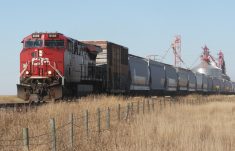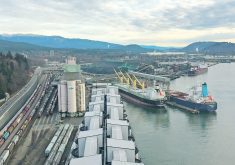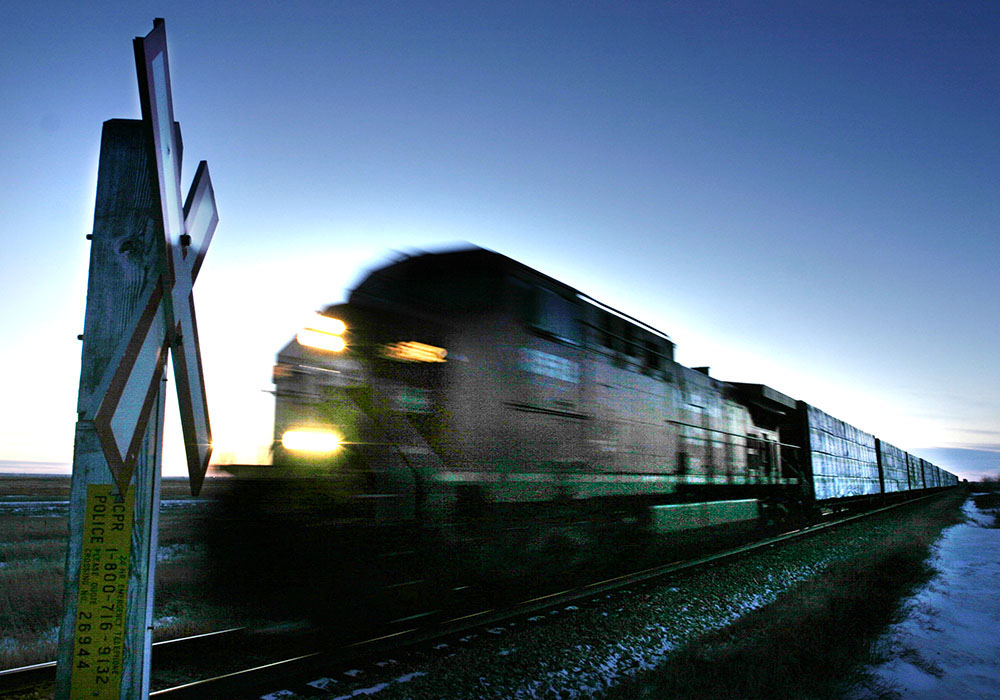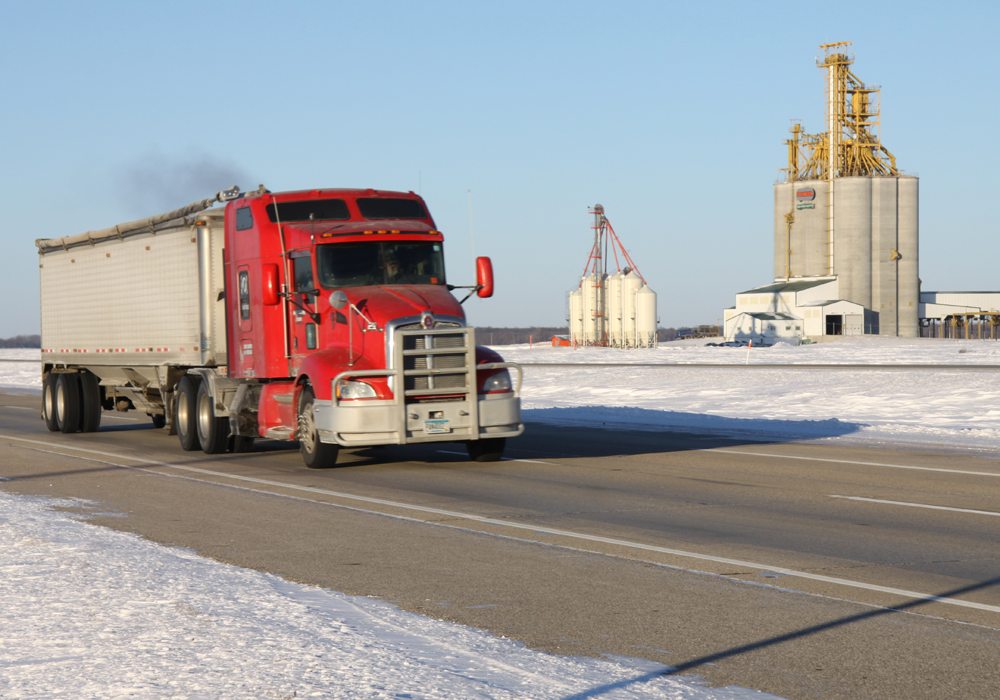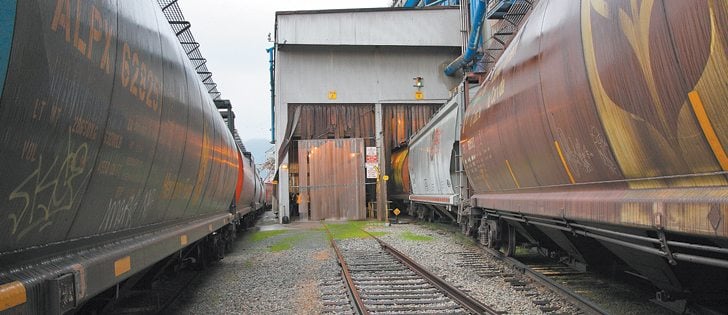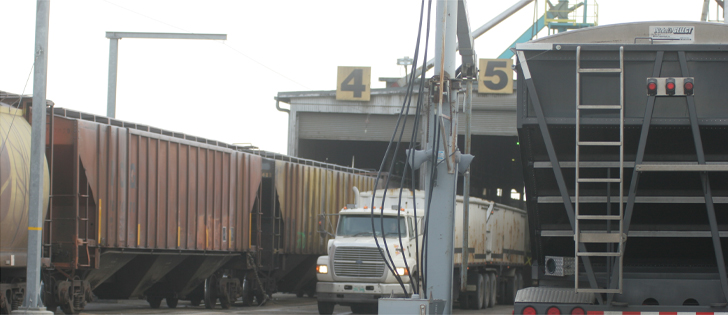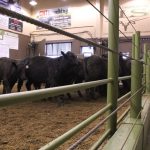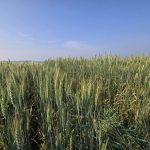It doesn’t pay to haul manure far, says an expert.
Research conducted at the University of Saskatchewan shows that the break-even point for transporting nature’s fertilizer is less than 10 kilometres.
The findings were based on three years of field trials with liquid swine and solid cattle manure applied to fields near Humboldt, Sask.
“Our economic hauling distance for our liquid swine manure was around eight km from the site of production, and for our cattle manure it was around three km,” said Jeff Schoenau, professor of soil science at the university.
Read Also
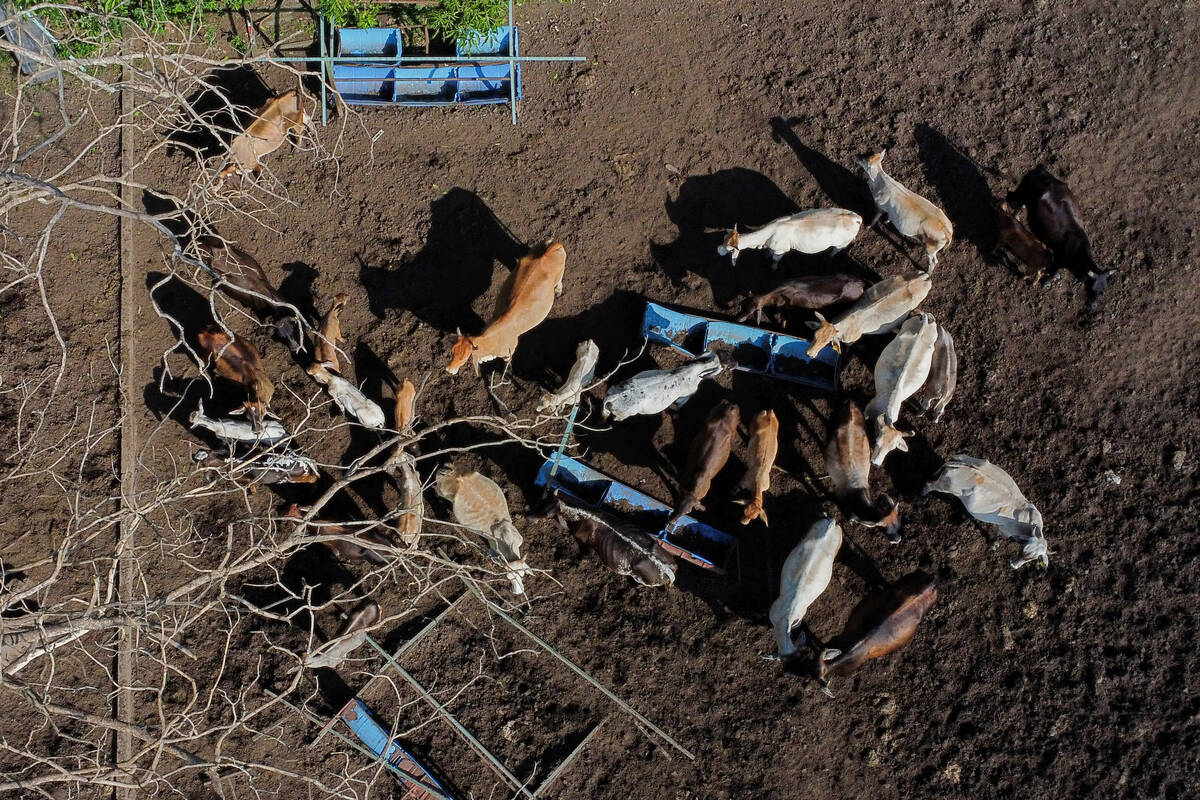
Cattle smuggling worsens outbreak in Mexico
Cattle being smuggled across Mexio’s southern border are making a screworm outbreak much more difficult to control.
The study is 10 years old, but the findings likely hold true today, he said.
The value of the manure, calculated by multiplying the yield increase resulting from the manure application by the price of crops grown on the land, would likely be higher because prices have risen.
However, so would the handling and application costs, which were $30 per acre for liquid manure and $20 to $30 per acre for solid manure.
The problem is that manure contains lower concentrations of key nutrients than synthetic fertilizers. For instance, liquid manure contains only .3 percent nitrogen compared to 28 percent in liquid urea fertilizer products.
It means growers need to apply thousands of litres of manure per acre to get the same amount of nitrogen they can by applying 10 litres of urea.
It is the same story for solid manure, which requires a few tonnes per acre to achieve agronomic levels of nitrogen and phosphorus. The nitrogen in solid manure takes years to be fully released, so the three-year study may not have captured the full value of that product.
Problems with transporting manure extend beyond economics. Trucking the bulky product takes a significant toll on the road system surrounding intensive livestock operations.
Schoenau said the Humboldt re-search shows the value of attempts to concentrate nutrients in manure through treatments such as separation technology, dewatering and composting.
“Then you can afford to move it a lot further from the sight of production,” he said.
Expanding the area where the product can be economically applied is also environmentally appealing because over-application can occur on surrounding farmland if producers are able to truck the product only three to eight km from where it is produced.
“That’s of course why there tends to be issues surrounding nutrient loading around the site of production,” said Schoenau.
Contact sean.pratt@producer.com



